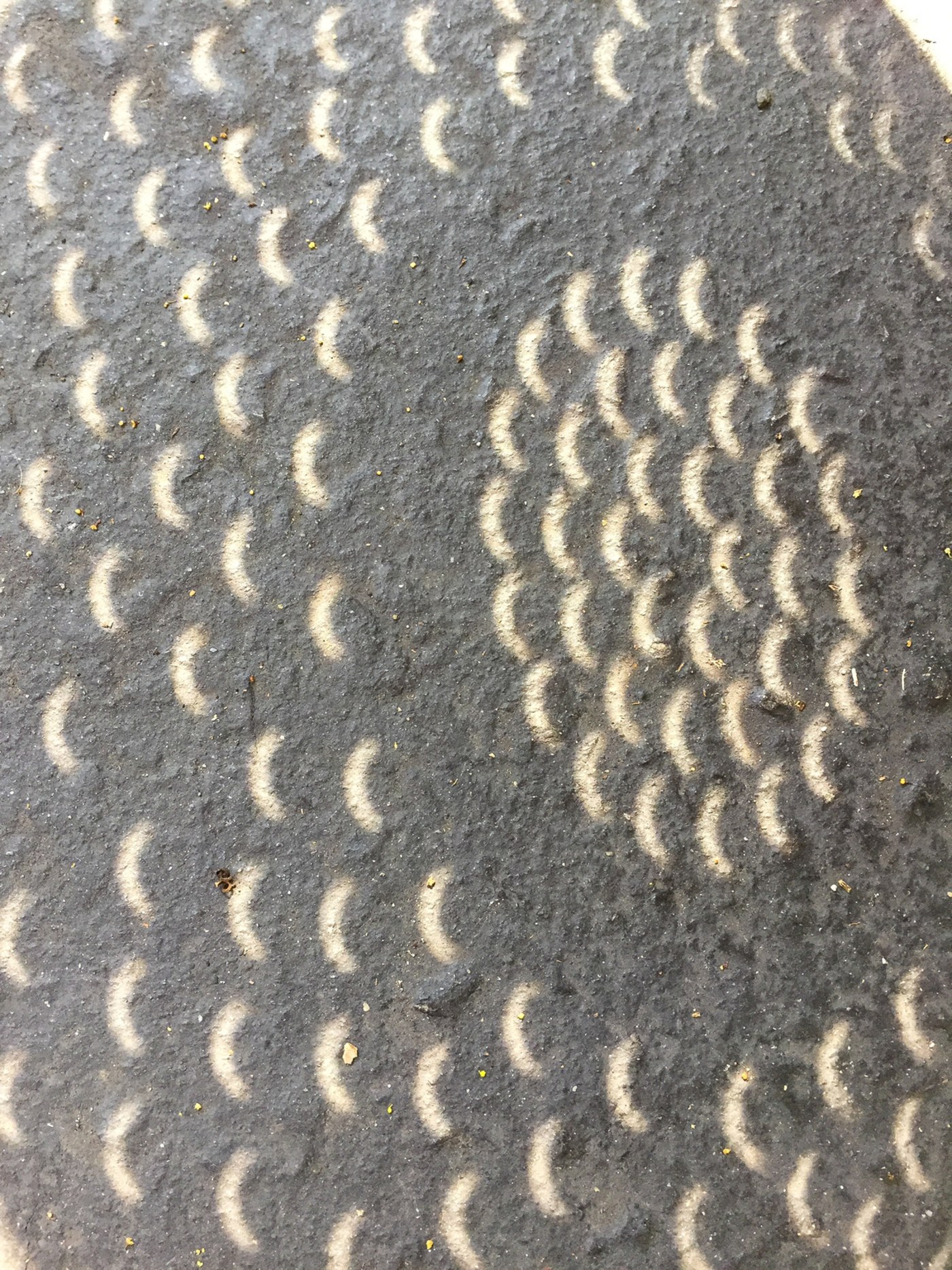
Oxford to fall under shadow of April 8 Solar Eclipse
by Brian Graves
March 27, 2024
The Oxford Public Library will be at the center of the universe as the last great celestial spectacle within the next 20 years crosses the skies.
The city will find itself under a partial eclipse on April 8, with 84 percent of the sun obscured by the moon at the peak of the event.
The moon will begin covering the sun at 12:42 p.m., reach its peak at 2:01 p.m., and then fully reveal the sun again at 3:18 p.m.
The next solar eclipse won’t be until 2044; however, the path of totality will be in Montana, North Dakota, and South Dakota, leaving no shadows in the southeast.
Another total eclipse will occur in 2045 that will be more accessible for viewing in our local area.
The Oxford Public Library will start their star-gazing activities early with a special Solar Eclipse Story Time at 9:15 a.m. on Thursday, April 4. This will feature learning about the sun and eclipses. Those who attend will earn one pair of safety-rated solar eclipse glasses.
The library will host a Solar Eclipse Activity Day on Saturday, April 7, beginning at 2 p.m. with activities and programs for all ages. A powerful Solar Telescope will be available that can be used to observe the sun safely. Attendance will earn a free pair of safety-rated solar eclipse glasses.
Weather permitting, the library will host a Solar Eclipse Viewing Party beginning at 1 p.m. on Monday, April 8. Everyone is invited to bring a picnic lunch or snacks as they meet in the courtyard to watch the skies. The library will have a free, limited number of safety-rated eclipse glasses available.
Those wanting to throw their own viewing parties should be aware of some important safety tips:
- Never stare directly at the sun with the naked eye. This can cause serious damage to the retina.
- Do not use regular sunglasses.
- When using eclipse glasses, make sure they are designated with the International Organization of Standardization number ISO-12312-2. NASA recommends testing glasses by looking at a bright light through the glasses. If the light is seen through the glasses as extremely dim or does not appear at all, the glasses are safe.
Indirect Viewing methods:
(does not involve looking directly at the sun)
- If you do not have safety-rated eclipse glasses, you can use a kitchen colander. Making sure the sun is behind you, the colander’s circular holes will project crescent images of the sun onto the ground.
- Or, construct a pinhole projector using a box, white paper, aluminum foil, and tape. Tape a piece of foil with a pinhole over a 1/2-inch hole cut in one side of the box. Tape the white paper on the opposite side of the inside of the box. Hold the box over your head with the pinhole facing the paper and your back to the sun, and an image of the sun will appear on the paper. The larger the box – the larger the image.

